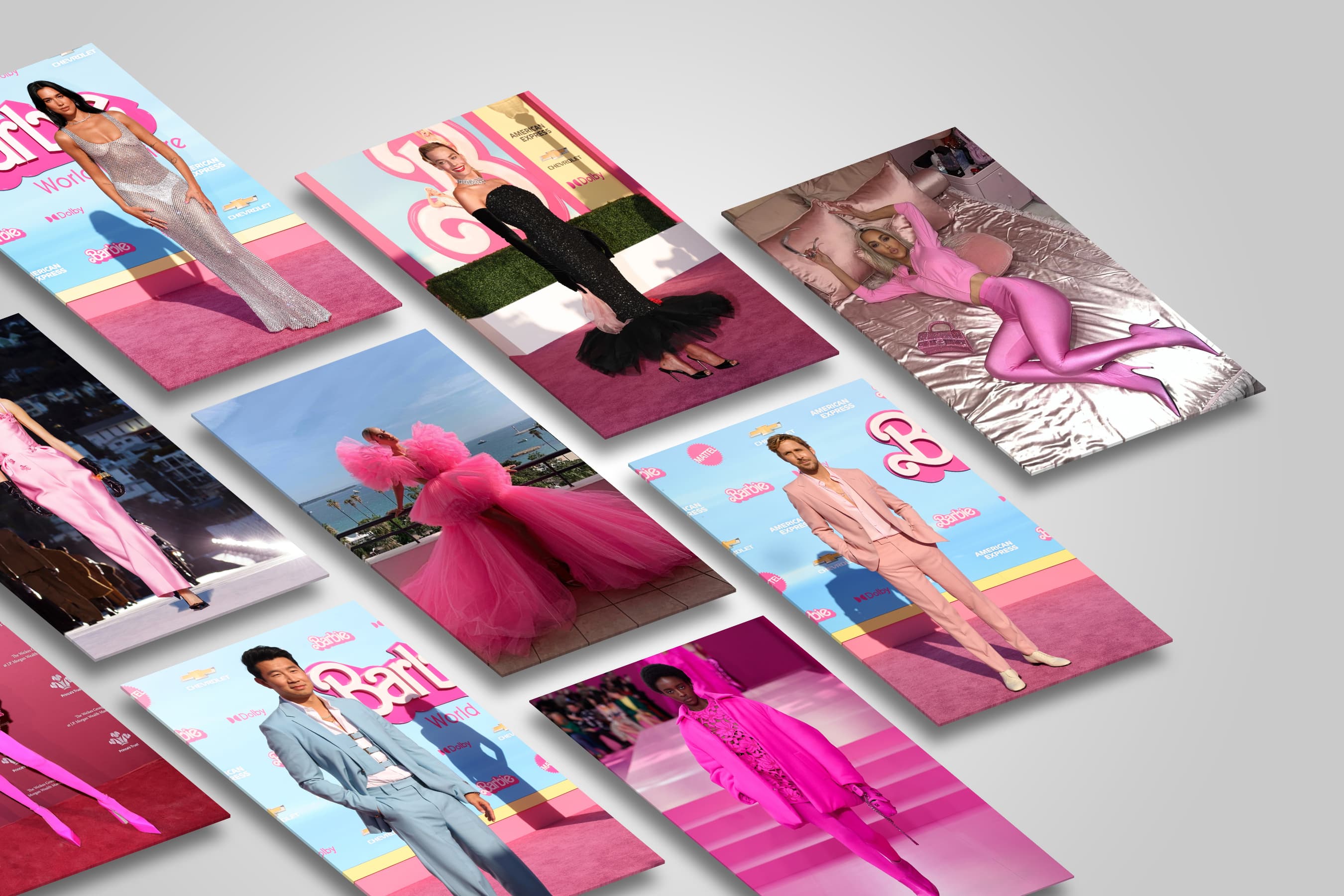Barbiecore: Will the Hype Last?
By Neal Bhattacharya
The Internet has been ablaze ahead of next week’s release of Greta Gerwig’s Barbie movie. As the film’s promo campaign got underway last year, Barbiecore emerged as a tenacious trend—one that seems to be only gaining in popularity. Margot Robbie, who plays the titular character, has given it a boost with her charmingly pink outfits and dedicated adherence to the aesthetic during her press tour. The #barbiecore hashtag on TikTok has surpassed 538 million views, and following the film’s premiere, Google searches for ‘pink barbie fashion’ rose by 525% in just one day.
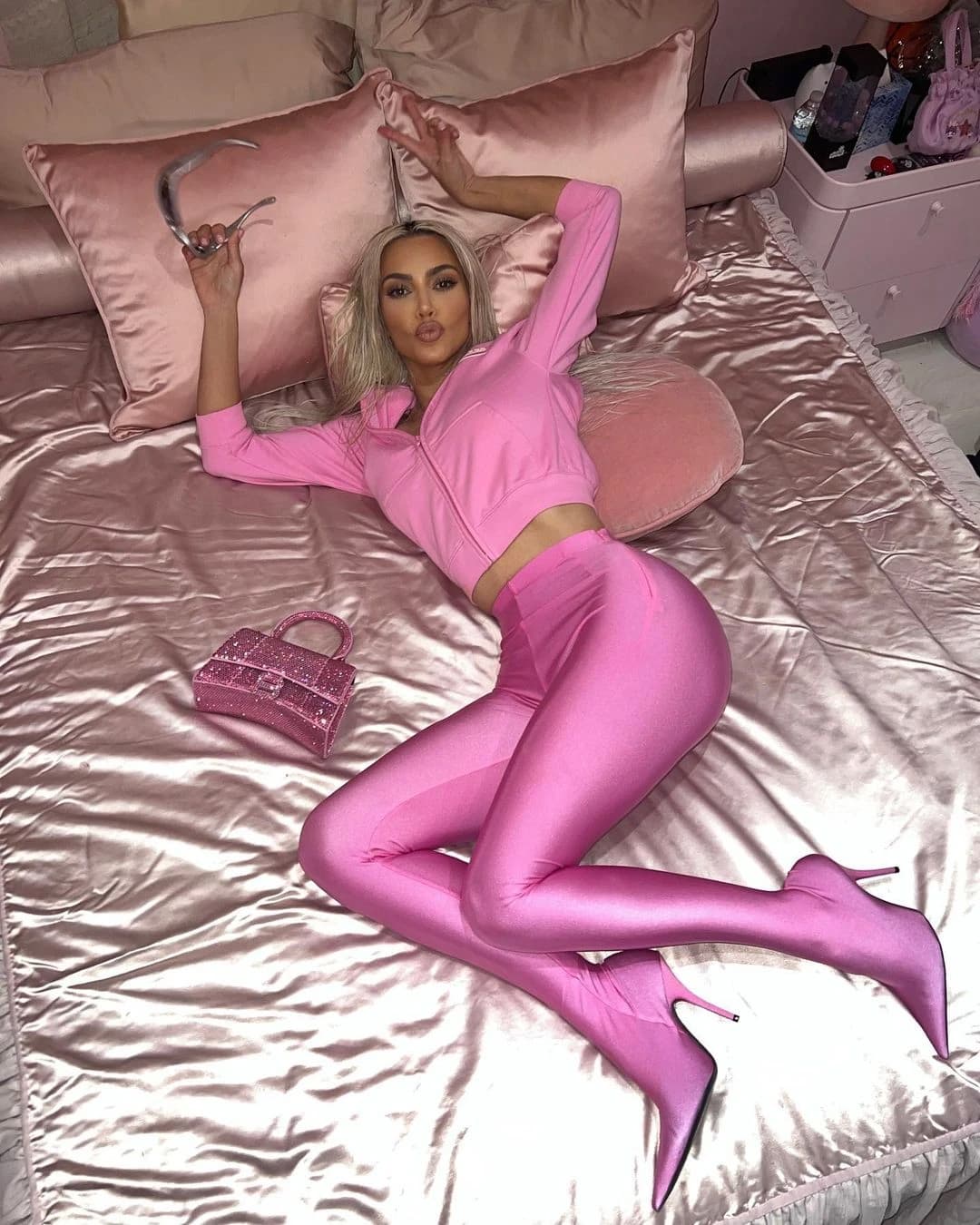


Readers of this publication will know that the fashion world has set the groundwork for this glittery phenomenon. Pink abounds on runways. Databutmakeitfashion, an Instagram user who applies computer science to industry trends, notes that Versace used the color in 20% of its lines this year. Valentino brought the obsession to ecstatic heights when it debuted the Pink PP Collection, a line named after Creative Director Pierpaolo Piccioli that’s totally awash with the color. (Robbie was recently seen in a bubblegum, polka-dot Valentino dress that was fished out of the house’s archives and enlivened for the film.)
But despite all the furor, there are signs that this hyper-feminine trend may be cresting. Some analysts even warn that the industry should prepare for it to sizzle out. But Barbicore shouldn’t be counted out just yet: a strong showing at the box office could bring about a resurgence.
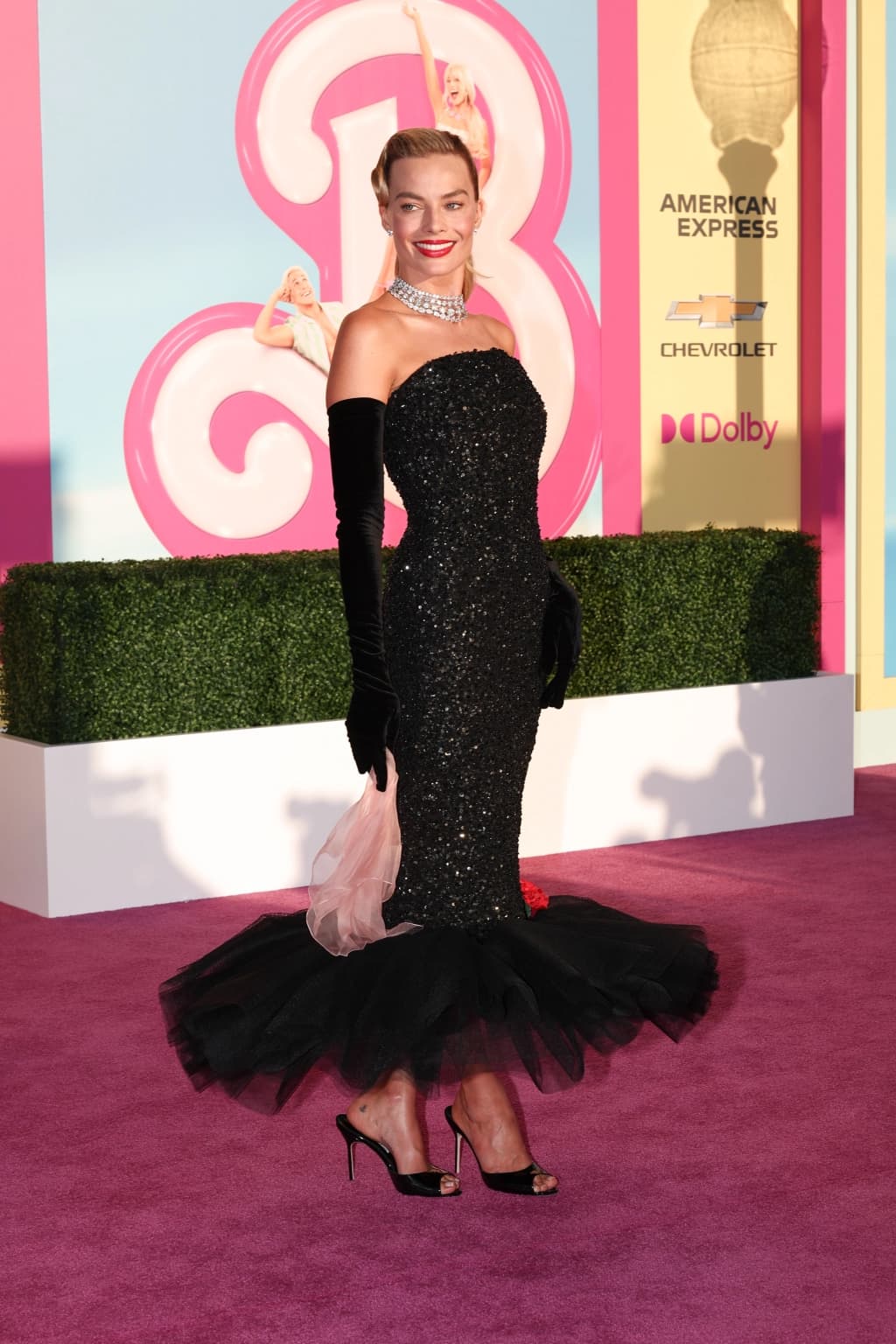
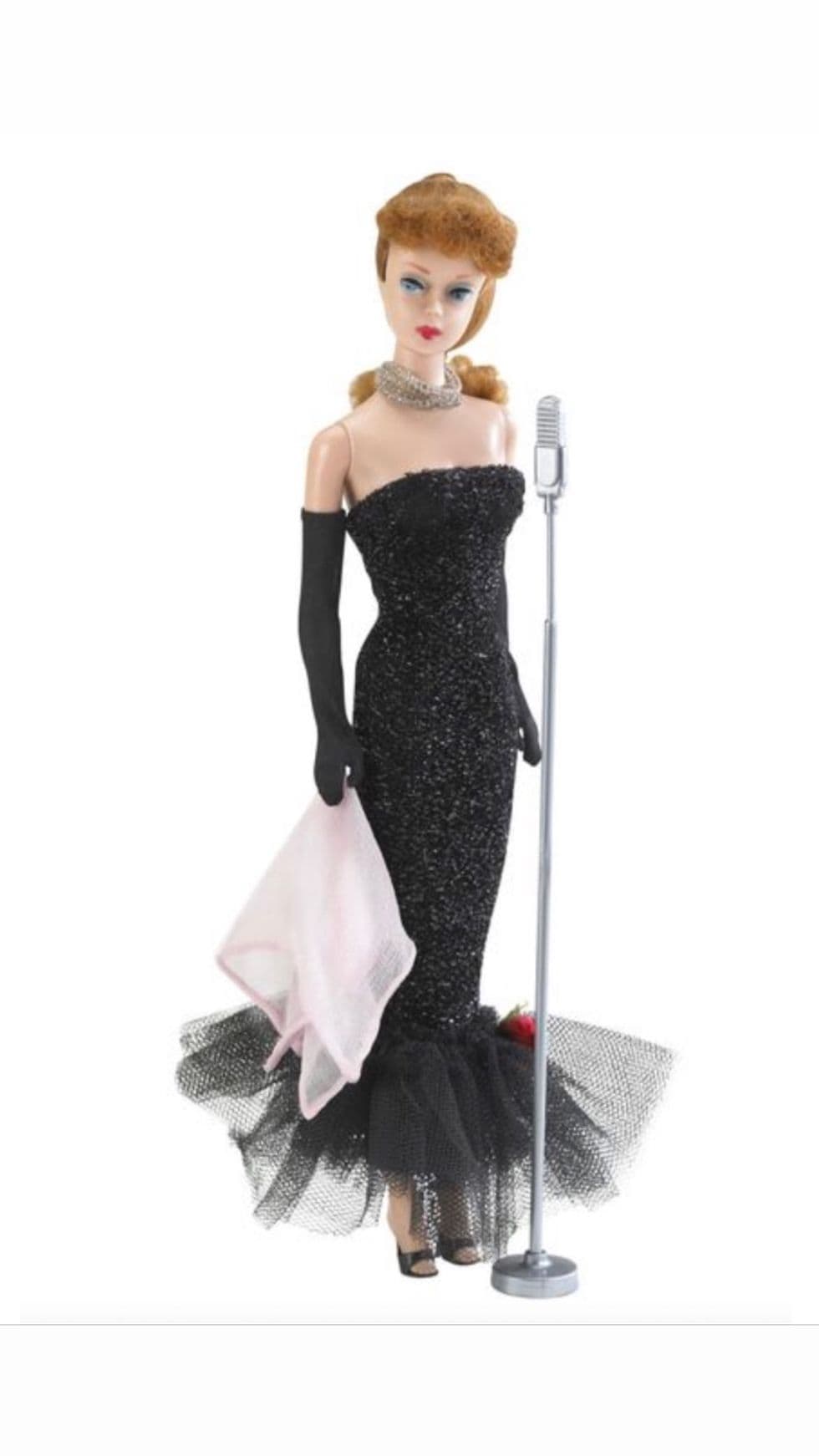

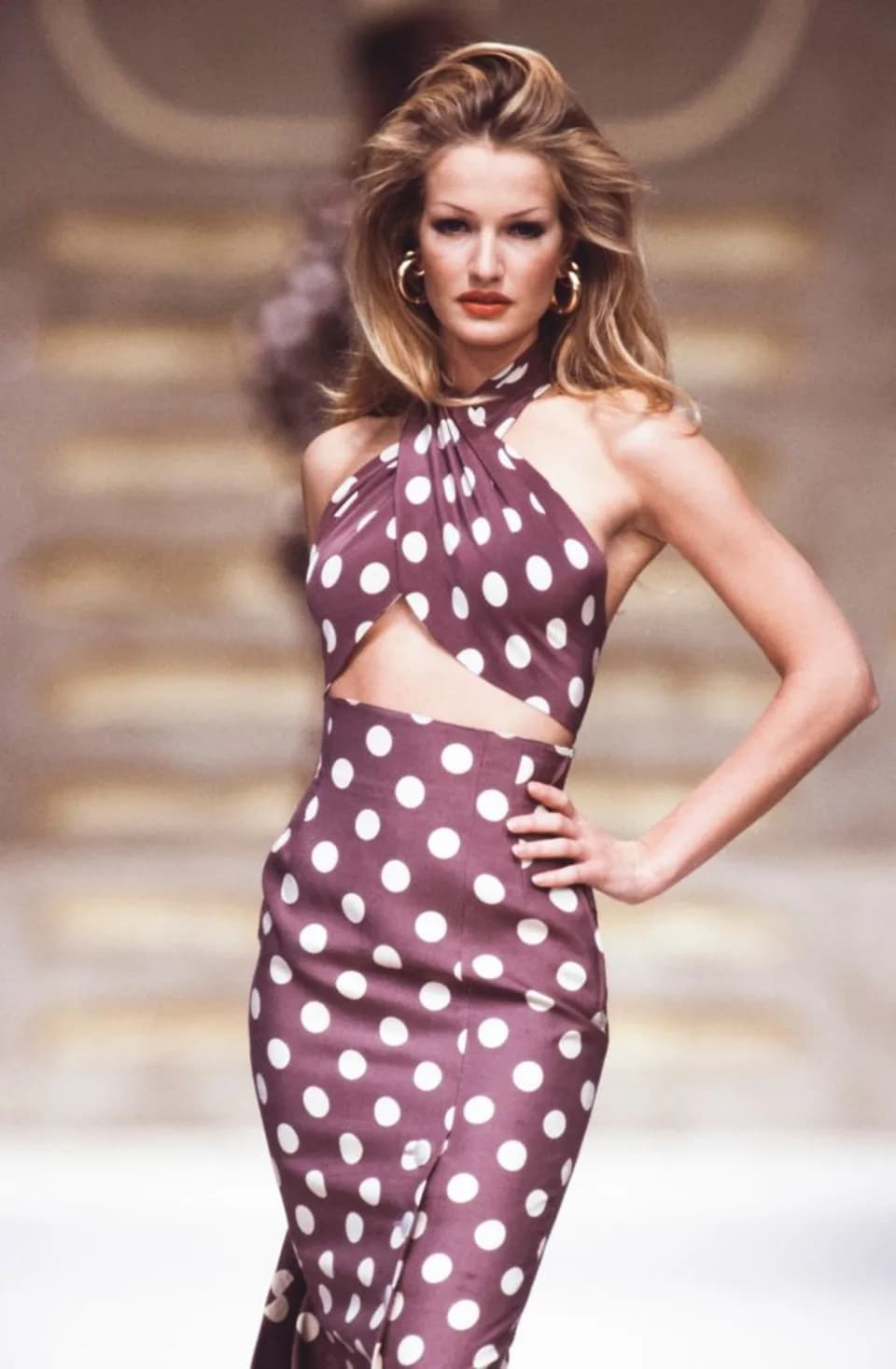
In this Insight, we’ll investigate why the trend has (so far) been unshakeable, which houses have best prepared for it, and where it might go from here. Will hot pink retain its vibrancy, or fade to salmon?
Index
Why Barbicore Now
It’s a bit surprising, in retrospect, that Barbiecore became so rapidly entrenched in fashion as it did. A couple of years ago, a trend centered on high-key femininity may have seemed suspect. After all, gender-neutrality was in vogue among many houses, and appeals to the binaries inherent in Barbie/Ken dolls might have come off as retrograde.
But that cultural environment did little to hamper the emergence of the trend. The phenomenon can be accounted for by, if not quite a reaction to gender-neutrality, then a nostalgic flashback to earlier times. Barbie, of course, brings us back to our childhood – where the harder parts of life have no entry point, and where there is a glossy sheen to our dreams. And it also recalls teenagehood: Barbiecore has also complemented the Y2K throwback, where miniskirts, tight dresses, and pink are king. After the tumult of the pandemic, perhaps we needed this confectionary jolt.
The film itself nods to this nostalgic appeal—though it’s not the whole story. The doll escapes from Barbie Land (an Eden of sorts) to “real life,” where things are more gray and sordid. There she confronts the distance between the dream she lives in and banal reality. Robbie has spoken in interviews about how the film tries to build on the childhood associations behind the doll while critiquing, in part, what it stood for.
The fashion world, responding to the trend, also seems to be taking a “knowing” approach to the bold femininity. There’s a hint of self-consciousness to the pink on the runways. In the Valentino collection mentioned earlier, the color overwhelms the eye even when it’s sheer and lacy. Pink becomes almost effacing; it doesn’t come off as overtly feminine.



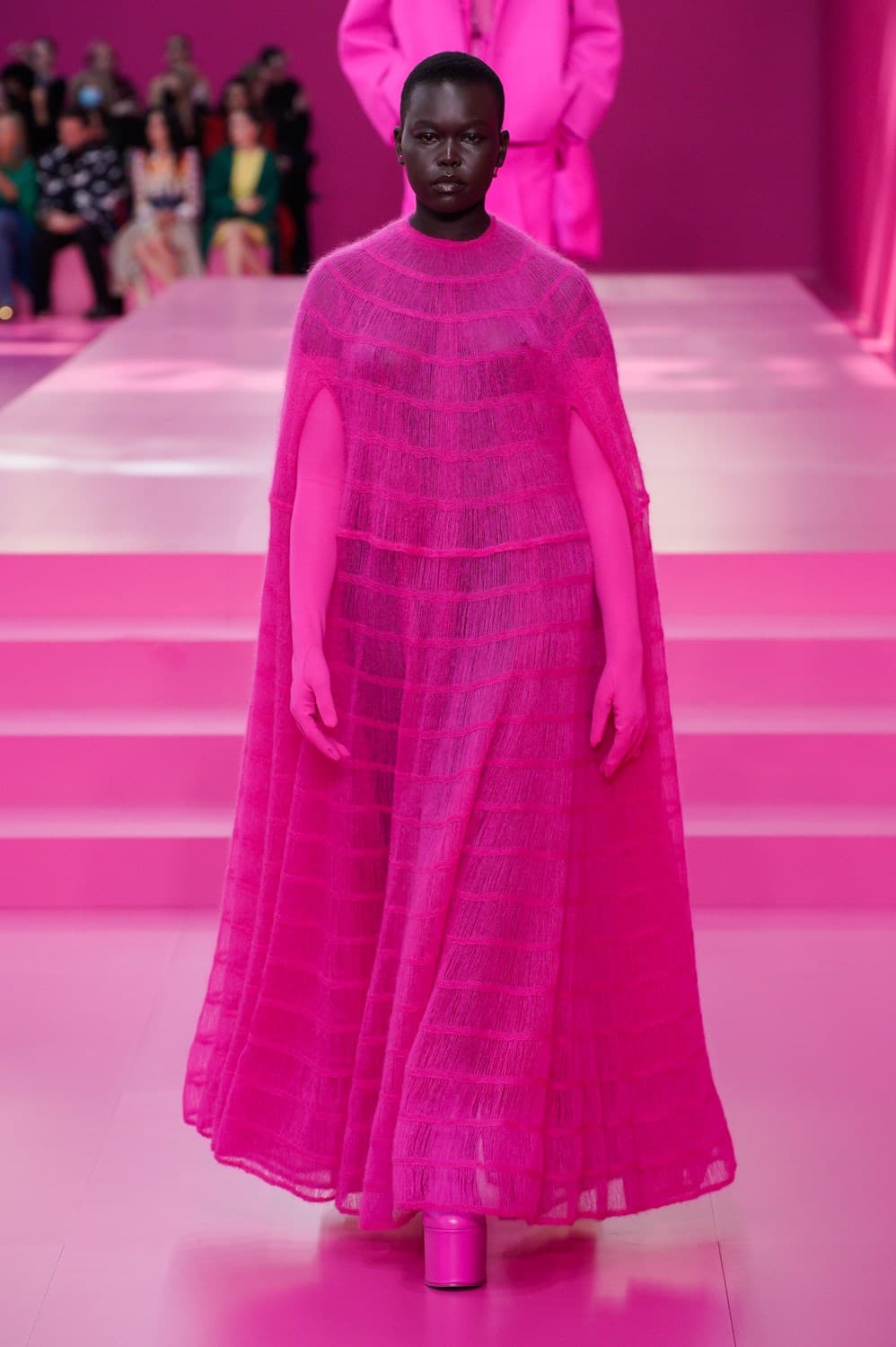

Who Met the Moment?

Some houses were better prepared for the trend, whether due to their brand DNA, partnership with film stars, or proactive planning. Brands that are more inherently conservative have seemed reluctant to go all-in. Prada, for example, has been the source of only one piece in Robbie’s promo tour, a gingham check bralette.
But Chanel, esteemed for its takes on classical femininity, was particularly well-suited for the trend. Until recently, Robbie was even a brand ambassador. As we wrote in the review for Chanel’s Cruise 2024 line, Barbiecore has helped the brand break free of recurring patterns. The trend has also made its way into other parts of Chanel’s lineup. The Codes Couleur makeup line, for example, comes in various colors, but pastel pink is the most prominently featured.

Versace has also been an early adopter of Barbiecore. In fact, it’s such a good fit for the brand that, as we noted, it’s hard to tell whether the Milan-based house is jumping on the bandwagon or simply being itself. Apart from Robbie, other stars from the film have been wearing Versace left and right. Dua Lipa, who contributed to the soundtrack and plays Mermaid Barbie, showed up to the film premiere in a glistening, mod dress. Simu Liu, who plays Ken, was in a light-blue Versace suit—and he proved that Barbiecore is detectable even when in menswear (and not in pink). At the European premiere, Liu wore a surprisingly low-key Fendi fit that was sleeveless and black, but it featured floral motifs that were apt for the occasion.



Gucci fits were also at the US premiere, though the house hasn’t featured too much Barbiecore in its collections. The house is more luxurious than playful. Nonetheless, Ryan Gosling, who plays the “lead” Ken, wore a pale green Gucci jacket, and Billie Eilish wore a salmon Gucci shirt that evokes the early naughts.
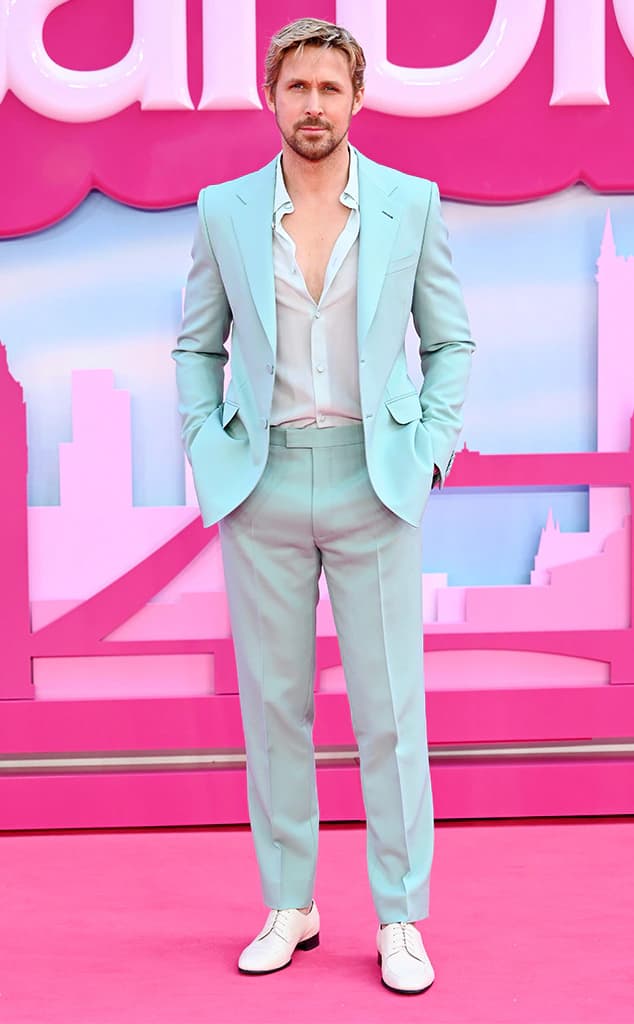

Curtain Call for Barbie?
The premiere was peak Barbiecore—the outfits paeans to the past two years of the trend and all it represents. But after a peak comes a downfall, and there’s reason to suspect that the trend might not sustain after the film comes out. The hype for the movie was arguably the main source of the trend on social media and in fashion (even if the recovery from the pandemic was the psychic precursor). After the movie comes out, the mystery will be dispelled and, with it, the Barbie hype may fade away.
However, in upcoming Fall/Winter collections, where colors are typically more subdued and warm, pink continues to make an appearance. That’s especially the case for brands that have best aligned with the trend. Valentino and Chanel both use the color to brighten their F/W 23 collections. That said, pink here seems less like the dominant feature; it’s interchangeable with other bright tones. But Versace’s F/W collection the color still predominates. These are just some hints that intimate the direction Barbiecore may take.


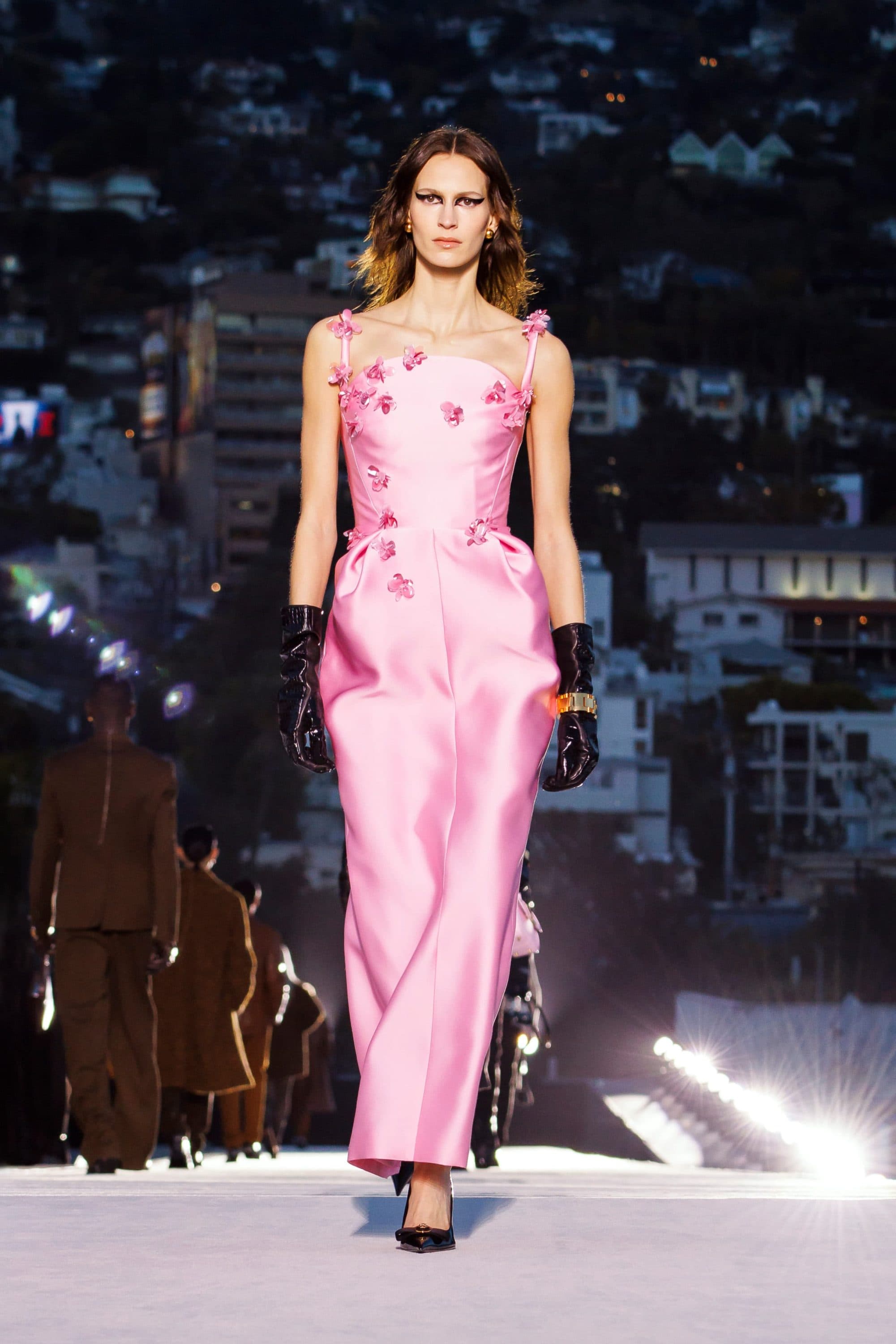


Conclusion
The future of Barbiecore is uncertain. For a trend as viral as it is, it’s had a surprisingly long life. The phenomenon has been the source of inspiration for a variety of houses and evinces the lasting power of the cultural icon. But, like the doll in the film, we may soon find ourselves evicted from Barbie Land, back to our more mundane reality.
